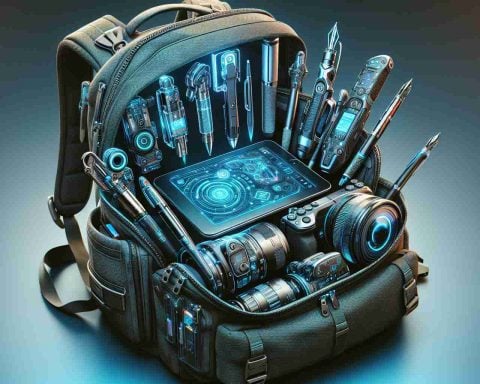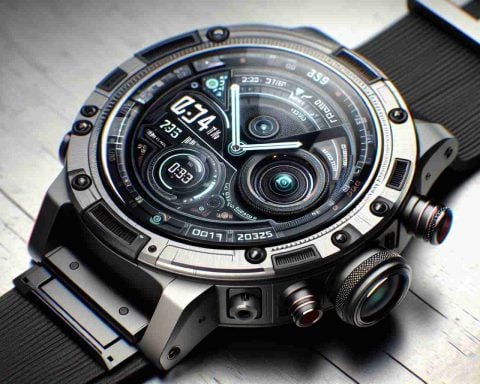As urban centers grow increasingly congested, electric scooters and bikes have surged in popularity, offering a nimble alternative to traditional transport methods. However, the rapid rise of these micromobility devices raises concerns about rider safety. Recent insights reveal a troubling trend: accidents involving e-scooters and e-bikes are on the rise, mirroring their popularity among city dwellers.
Over the past few years, e-bike sales skyrocketed from 250,000 units annually in 2018 to over a million in 2022, while e-scooter rentals have expanded significantly. As more individuals embrace these modes of transport, emergency rooms have noted a marked increase in related injuries. A comprehensive study examined injuries sustained from 2017 to 2022, revealing alarming statistics: e-bike incidents surged from just over 750 to nearly 23,500, and e-scooter injuries leapt from 8,500 to over 56,000.
The study also highlighted differences in safety behavior among riders, showing that helmet usage among e-riders was notably lower than their conventional counterparts. Urban environments emerged as particularly hazardous, accounting for the majority of reported accidents.
Though the attraction of e-mobility is undeniable due to its convenience, it is essential that users adopt safety precautions—such as wearing helmets and adhering to traffic laws—to mitigate the risks. As e-scooters and e-bikes continue to transform urban commuting, a balanced approach to safety will be crucial for ensuring a fun experience.
Industry Overview
The micromobility industry, encompassing electric scooters (e-scooters) and electric bikes (e-bikes), has exploded in urban centers worldwide, driven by the increasing demand for more flexible, eco-friendly transportation options. As cities become increasingly congested, the appeal of swift, cost-effective travel solutions has never been more relevant. The total addressable market for micromobility has been projected to exceed $200 billion in the coming years, with significant growth in both shared and privately owned devices. Major players in the industry include companies like Lime, Bird, and Spin, which focus on e-scooter rentals, and manufacturers like Rad Power Bikes and Giant, which cater to the e-bike market.
Market Forecasts
Looking ahead, the e-scooter and e-bike markets are expected to maintain strong growth rates. According to recent market research, the global e-scooter market is projected to grow at a compound annual growth rate (CAGR) of over 10%, reaching approximately $42 billion by 2030. Similarly, the e-bike segment is on a trajectory to surpass $38 billion by 2025, as more consumers opt for sustainable and efficient commuting options. The post-pandemic period has sparked a renewed interest in outdoor and personal mobility, contributing to these optimistic forecasts.
Safety Issues in the Industry
Despite the promising trends, safety remains a significant concern within the micromobility sector. The alarming rise in injuries linked to e-scooters and e-bikes has prompted urgent discussions about regulatory measures and safety standards. For example, cities are increasingly contemplating implementing stricter guidelines for rental services and mandating features such as speed limiters and designated lanes for e-mobility devices. Additionally, there is a need for educational campaigns that encourage responsible riding behavior—such as wearing helmets and following traffic laws—to further reduce accident rates.
Moreover, the infrastructure in many urban areas has not kept pace with the growth of micromobility. The lack of dedicated bike lanes and unsafe intersections poses challenges for riders, necessitating concerted efforts from city planners to enhance the safety and accessibility of micromobility options.
As e-scooters and e-bikes continue to reshape urban transport dynamics, the importance of balancing innovation with rider safety remains paramount. Stakeholders, including manufacturers, policymakers, and users, must collaborate to establish a framework that promotes safe, efficient, and enjoyable rides.
For further information on this expanding industry, you can visit The Washington Post or check out Forbes.
















